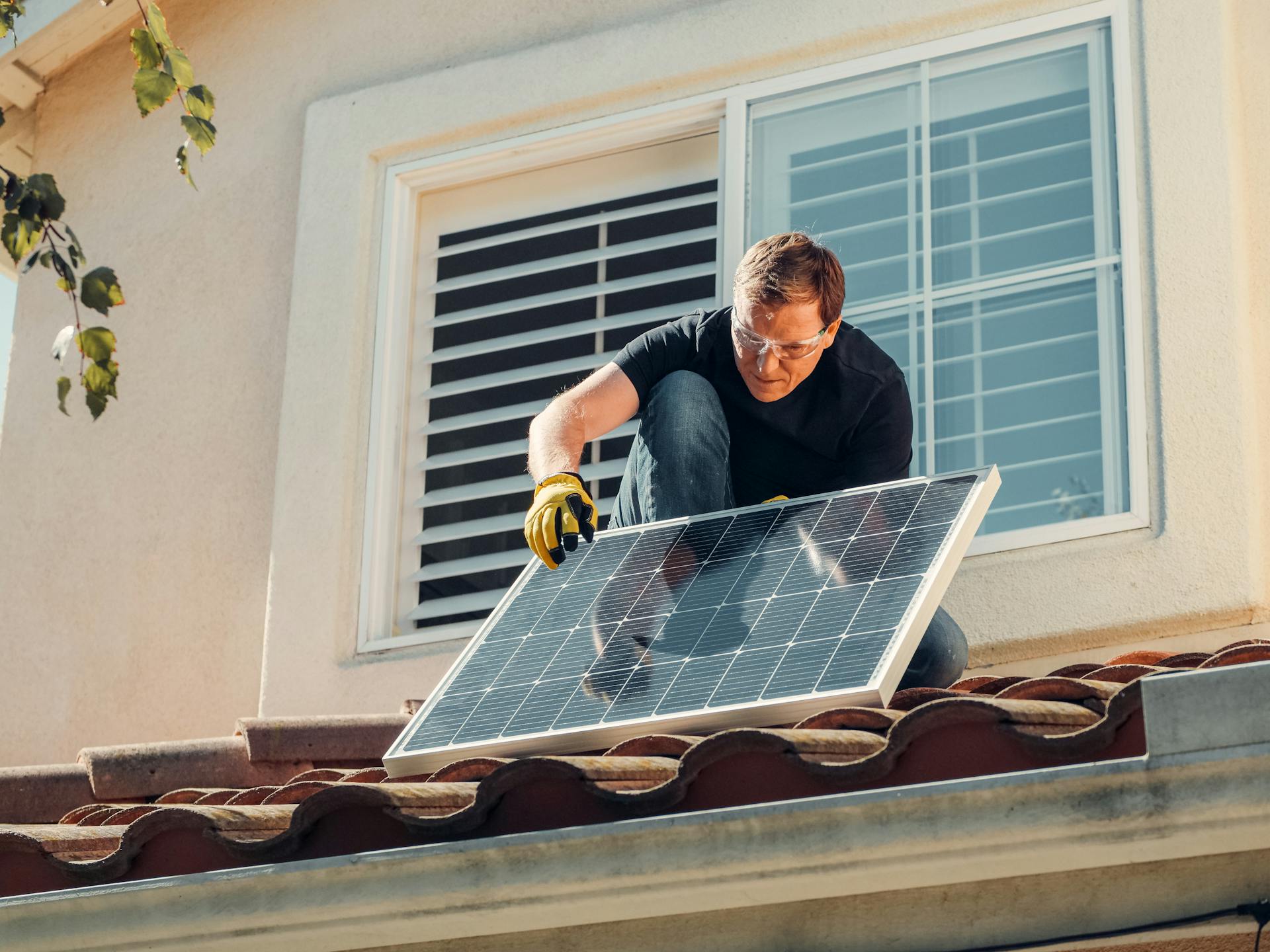

Question: What is the Cheapest Way to Power a House?
Answer: The cheapest way to power a house is typically through a combination of energy efficiency measures and solar power. Reducing energy consumption lowers your power needs, while solar can provide free electricity.
Lowering Your Home Energy Costs: A Guide to Affordable Power
What is the cheapest way to power a house? Many homeowners grapple with this question, especially with rising energy costs. Achieving significant savings requires a multifaceted approach, encompassing both initial investments and ongoing behavioural changes. This article explores various strategies to minimize your home’s energy consumption and maximize your savings.
Harnessing the Power of the Sun: Solar Energy
Solar photovoltaic (PV) systems represent a powerful tool for reducing your reliance on traditional power sources. These systems convert sunlight directly into electricity, lowering your monthly hydro bills and potentially allowing you to sell excess energy back to the grid through net metering programs. While the initial cost of installing solar panels can be substantial, various incentives, including rebates and tax credits, can help offset this expense. Over the long term, solar power offers significant cost savings and increases your property’s value.
Please visit this page to read more about realtors in Orangeville
Related Article: How Can I Reduce My Home Power Consumption?
Related Article: Is It Cheaper to Run Space Heaters Or Central Heat?
Energy-Efficient Windows and Doors: Reducing Drafts
Drafty windows and doors contribute significantly to energy loss. Replacing old, inefficient windows with ENERGY STAR certified models featuring double or triple panes and low-E coatings can dramatically improve your home’s insulation and reduce energy waste. Similarly, upgrading exterior doors with proper weather stripping and insulation can prevent drafts and maintain a consistent indoor temperature.
Optimizing Your HVAC System: Efficiency and Maintenance
Your heating, ventilation, and air conditioning (HVAC) system is likely the largest energy consumer in your home. Regular maintenance, including filter changes and professional inspections, ensures optimal performance and efficiency. Consider upgrading to an ENERGY STAR certified HVAC system, which utilizes advanced technologies like variable-speed motors and programmable thermostats to minimize energy consumption. Using a programmable thermostat lets you customize temperature settings based on your schedule, further reducing energy waste.
Smart Thermostats: Intelligent Temperature Control
Smart thermostats enhance your control over your home’s temperature by learning your preferences and adjusting settings automatically. These devices can detect when you’re away from home and adjust the temperature accordingly, saving energy without sacrificing comfort. Some smart thermostats even offer insights into your energy usage patterns, helping you identify further areas for improvement.
Embracing Energy-Efficient Appliances and Lighting
Replacing outdated appliances and lighting fixtures with ENERGY STAR certified models can considerably lower your electricity bills. Look for appliances with high energy efficiency ratings and consider features like sleep mode and power-saving options. Switching to LED lighting offers substantial energy savings compared to traditional incandescent bulbs. LED bulbs consume up to 80% less energy and last significantly longer, reducing replacement costs.
Small Changes, Big Impact: Everyday Energy Saving Tips
Turn off lights when leaving a room.
Unplug electronic devices and chargers when not in use.
Air dry clothes whenever possible.
Use cold water for laundry.
Run full loads of dishes and laundry.
Limit the use of energy-intensive appliances during peak hours.
Plant trees strategically around your house for natural shading in summer and wind protection in winter.
Water Heating: Conservation and Efficiency
Water heating accounts for a significant portion of household energy consumption. Installing a low-flow showerhead, fixing leaky faucets, and insulating your hot water pipes can substantially reduce water and energy waste. Consider upgrading to an ENERGY STAR certified water heater, which uses advanced technologies like heat pump technology or tankless systems to minimize energy consumption. Tankless water heaters provide hot water on demand, eliminating the need to store and constantly reheat a large tank of water.
Understanding Time-of-Use Rates: Strategic Energy Consumption
Time-of-use (TOU) electricity rates vary depending on the time of day and day of the week. By shifting your energy consumption to off-peak hours when electricity rates are lower, you can reduce your monthly hydro bill. Utilize appliances like dishwashers and washing machines during evenings or weekends to take advantage of lower rates. Many utility companies offer online resources and tools to help you understand your TOU rates and optimize your energy usage.
Conclusion
Finding the cheapest way to power a house requires a proactive approach combining initial investments in energy-efficient technologies and adopting sustainable energy practices. By strategically implementing the strategies outlined in this article, homeowners can significantly reduce their energy consumption, lower their utility bills, and contribute to a greener future. From harnessing the power of the sun with solar panels to optimizing your HVAC system and making simple everyday changes, the path to affordable home energy is within reach. [ 1 ]
References
1. https://www.franklinwh.com/au/support/articles/detail/what-is-the-cheapest-way-to-power-a-house


